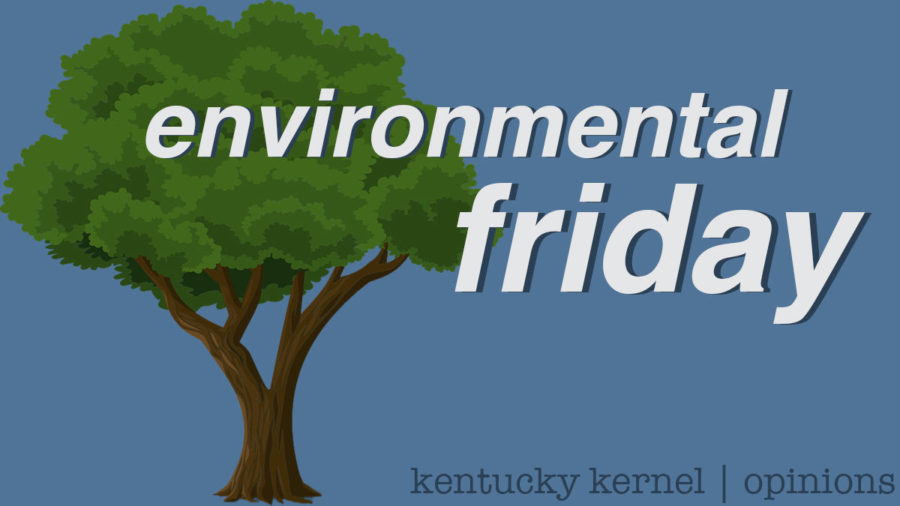“But I recycle” is not a good excuse
October 25, 2019
We’ve all heard of the 3 R’s in sustainability: reduce, reuse and recycle. However, for whatever reason, we tend to only remember and implement the last one. Recycling, while important, is by far the least sustainable of the 3 R’s, yet it has become the poster-child of sustainability. Way too many times, I have heard people justify their unsustainable lifestyle choices with “It’s okay. I recycle,” or “I’m all for sustainability. I’m good about recycling.”
It is troublesome to me that so many people have such strong faith in recycling as the savior of our planet, when, in reality, it is not nearly as earth-saving as the majority of people believe. Instead of building a doctrine of sustainability hinged on recycling, I propose that we look to the first two R’s—reducing and reusing—when it comes to waste management.
First, I feel that I must clear up some misconceptions surrounding recycling. Like I said before, recycling is great, especially for items like laptops, cell phones and small electronics, the parts of which cannot usually be repurposed by the primary consumer.
For items like plastics, however, recycling can only go so far. I think that the recycling logo of arrows in a continuous triangular cycle perpetuates the misconception that when you recycle a product, it stays in this cycle forever, successfully eliminating waste for all of eternity. That is definitely not the case for plastics, which generally have a very short lifespan in the world of recycling.
Due to their chemical composition, plastics deteriorate easily when they are heated and put under pressure, which is exactly what happens to them during the recycling process. As a result, plastics are typically used for secondary reprocessing, which means that these materials are being turned into items that cannot be recycled again.
In other words, after the secondary reprocessing occurs, the plastic just ends up in the landfill. That is not to say that recycling plastics isn’t important—getting multiple lives out of the plastic product is certainly better than throwing it in a landfill initially—but it is irresponsible to suggest that recycling is our sole weapon in the battle for environmental justice. In addition, recycling takes up a lot of energy that is often produced by fossil fuels.
These aspects of recycling should lead us to formulate even more sustainable solutions for waste management. The answer lies right in front of us: reducing and reusing. These practices lessen the demand for low life-span materials in the first place. This in turn not only prevents the need for materials to be thrown in to landfills, but also recycled into secondary reprocessed items, thereby reducing waste as a whole. By reducing and reusing, you actually are completing that cycle that we so often only associate with recycling.
So how can you reduce and reuse?
First, reduce the amount of new materials that you buy. Chances are, you don’t actually need the materials that you are tempted to purchase, but if you really are in need of something, shopping at thrift stores is a great alternative.
Second, try to avoid purchasing individually packaged items. Wrappers create a lot of waste. Finally, there a are a ton of alternatives to single use plastics out there, such as reusable cutlery, bags, food containers and water bottles. Use these resources!
Again, I want to emphasize that students should still recycle when they can. But don’t forget that the first two steps in the 3 R’s are reducing and reusing. Eliminating the amount of waste that we have in the first place really is our best waste management practice.




























































































































































